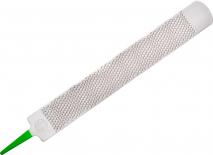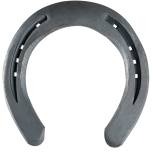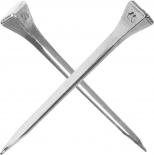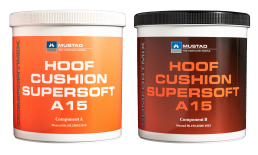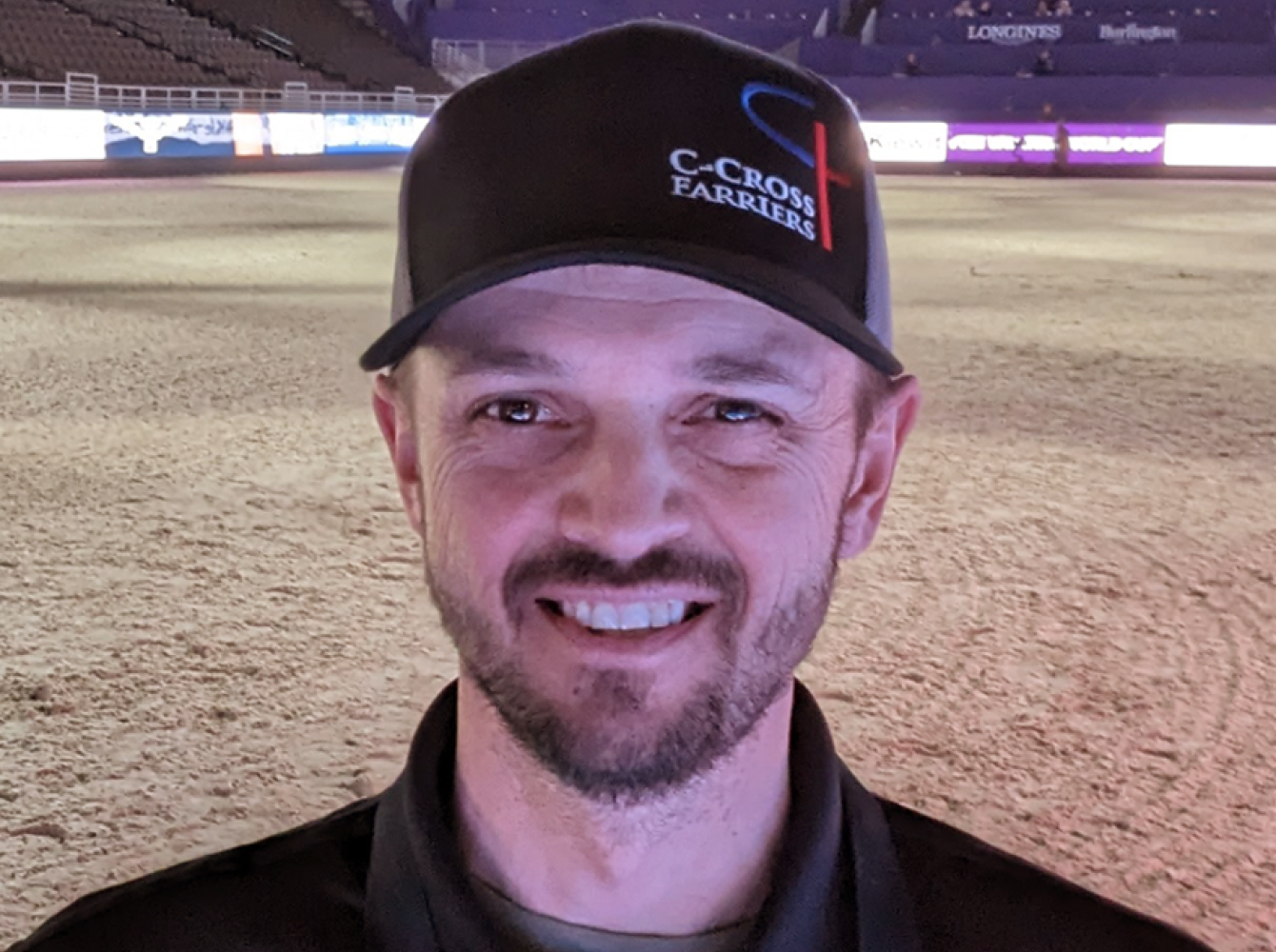
Jason Critton, AWCF, CJF (TE)
Jason Critton has turned his drive to excel into a thriving multi-farrier practice where he trains four to five apprentices at a time. Here’s how he’s done it—and why.
From mechanical engineer to master farrier
When Jason Critton was learning to shoe horses, an older farrier told him not to bother getting a mentor. He said: “Just start shoeing and you'll learn all you need to know.”
“It was the worst advice anyone’s given me in my entire life,” says Jason, and over the last 20 years he’s done the opposite of that.
He’s found mentors, pursued certifications, and, in 2022, he studied three hours a day for eight months straight to earn his Associate from the Worshipful Company of Farriers (AWCF).
Now Jason has turned his passion for excellence into a thriving multi-farrier practice, where he’s consistently training four to five apprentices at a time.
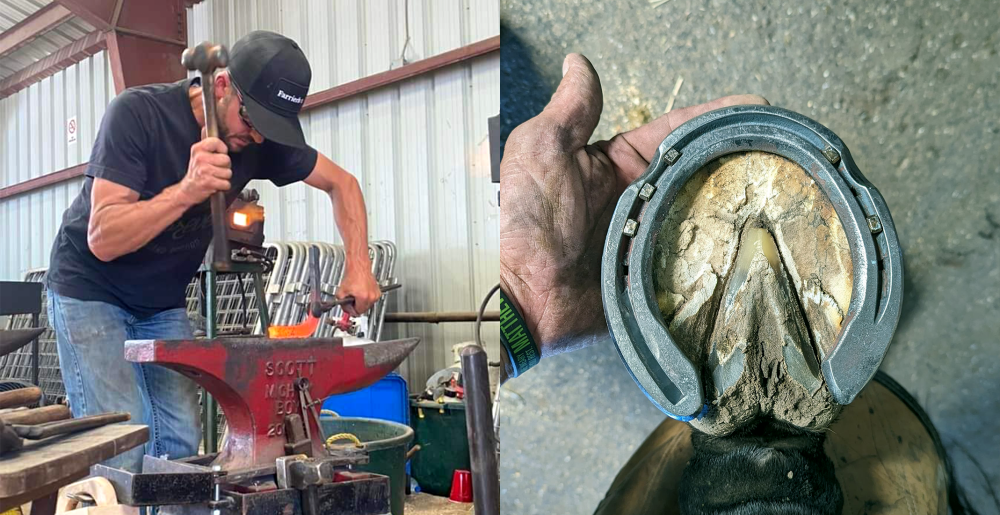
He wanted more than a side hustle.
Growing up in Utah, the farriers Jason knew were shoeing horses on the side. He’d watch them work at the racetrack, where he spent his teenage summers exercising racehorses. Eventually, he learned the basics of pulling shoes and clinching nails.
Jason knew he wanted to shoe horses and, because it was all he’d seen, he assumed it would be a side hustle. But after graduating from Utah State with a degree in mechanical engineering, he couldn’t stand the thought of a desk job.
He wanted to turn his passion for farriery into a full-time career instead.
That’s when the work began.
After six years of shoeing in Utah, Jason made the move to Colorado, where he could work on horses year-round. Almost as soon as he arrived, he realized he had no idea how to land a customer.
“I never forget waking up on a Monday morning and thinking, ‘I have nothing to do,’” says Jason. “I realized, ‘I don’t know a single person who owns a horse. How am I going to build this business?’ I remember literally getting on my knees and praying to God, ‘If this is what you want for me, you're gonna have to help me.’ And the way things just started opening up, it could only be God doing it.”
I don’t know a single person who owns a horse. How am I going to build this business?
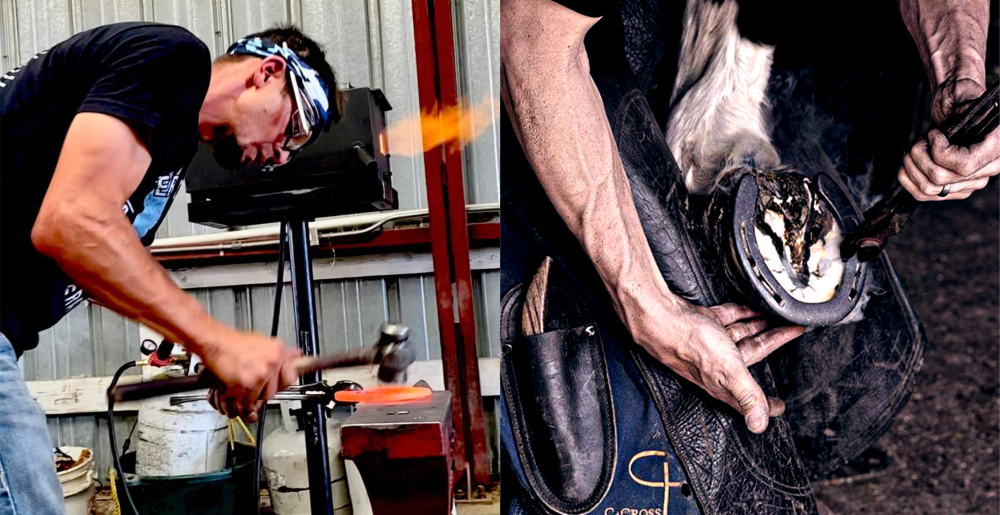
He started talking to people.
Jason knew he needed a mentor, and a conversation at the local supply store led him to one. His name was Dodd Stone.
“At that time Dodd was the guy in this area for shoeing hunters and jumpers,” says Jason. “I started working for him. I worked for free a couple days a week for almost two years.”
When Dodd was diagnosed with Parkinson’s and lost his ability to work, Dodd would talk Jason through the job, watching from his wheelchair.
“I had to be his hands, so to speak,” says Jason. “That was the greatest apprenticeship a person could ever have. I learned so much through that process.”
That was the greatest apprenticeship a person could ever have. I learned so much through that process.
Going from zero horses to 1000 in fifteen years
Jason didn’t plan to become a multi-farrier operation with five journeyman farriers, four apprentices, and a book of more than 1000 horses, but he had several things going for him that made it a natural progression.
For one, he knows the difference a good apprenticeship can make.
On top of that, he enjoys teaching, he has a knack for building successful systems (he’s an engineer, after all), and, maybe most significantly, he has a skilled partner who can run the business side of the company, his wife Dr. Dawn Marie Critton.
With a PhD in communications, Dawn Marie is an avid rider and jumper herself, and she brings her passion for the horses, the customers, and their team of farriers to the management of the details.
“If I was trying to shoe horses for a living and also do her job, our business would last about one week,” says Jason. “She really is the backbone of it.”
Together they’ve built C-Cross Farriers, along with his associate farriers, Anthony Casso, CJF; Cordero Larson, CJF, Sam Hogan, CJF; and Will Kennedy, CJF.
Our associate farriers bring as much to the table as I do.
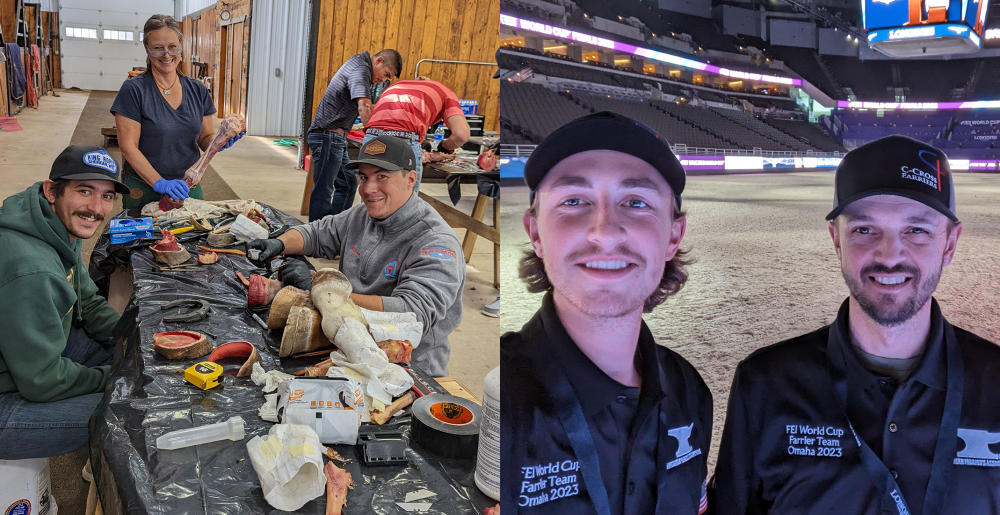
Training the next generation
Jason has developed a unique two-year apprenticeship program that’s grown his team to as high as 10 farriers at some points, although he prefers to keep it closer to eight or nine.
Here’s how it works: Potential apprentices apply after completing farrier school. The best prospects spend a week with the C-Cross team, being interviewed and learning the ropes. If they’re accepted, they can sign on for a two-year program where Jason and the other four journeyman farriers will help them prepare for their certification.
“Our apprentices are in the truck with a journeyman farrier every day,” says Jason. “Regardless of experience, they all start at the same spot, pulling and finishing. It's really up to them to increase their skills. We just try to give them countless opportunities to do so.”
As the farriers improve, they’re entrusted with more. They’re pushed to compete and pursue certification. And there are benchmarks along the way that allow them to earn more money.
Once Jason’s apprentices have earned their CJF, they can start going out on their own and shoeing for the public, although some of them stay on his team to help train the next wave of apprentices.
It's fun to watch young farriers be excited about all the little steps. I love it.
It’s a formula that works.
For the journeyman farriers at C-Cross, it’s an ideal scenario. They get to practice their craft without worrying about the business side.
“Dawn will make sure your routes make sense, she’ll do all your bill collection and all your scheduling, and I’ll make sure you have a great apprentice in your truck every day,” says Jason.
Dawn also screens customers to match them with the right farrier. Her own understanding of horses puts customers at ease when they call in for care.
“Our apprentices work their tails off,” says Jason, “but I will say, I've never had a farrier that finished our two-year apprenticeship that wasn't a journeyman with a thriving business. It’s a formula that works.”
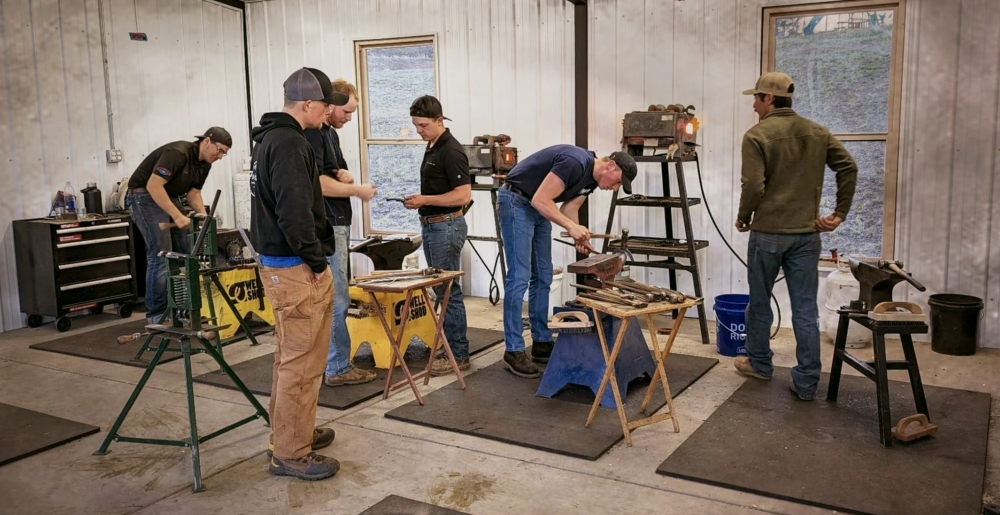
If I've got these letters after my name, I’ve got to keep at least that standard on every horse I work on.
Pushing himself even harder than his team
Coming home with his AWCF a few years back was a huge source of pride for Jason—and also a big responsibility.
“Now it's about upholding that standard in your day-to-day work when nobody is watching you,” he says. “If I've got these letters after my name, I’ve got to keep at least that standard on every horse I work on.”
He gives his team the opposite advice from what he received all those years ago.
“I push our farriers pretty hard, because I believe in them,” says Jason. “I want to see them reach as far as they can go. But if I'm not pushing myself, I can't expect to push them. I set the standard, I have to.”
Q&A with Jason Critton, AWCF, CJF (TE)
What made you decide to pursue the AWCF?
When I told my wife I wanted to do it, we had just finished spending eighteen months building our house. Not to mention we had three kids under the age of eight. She said, “Absolutely not. There's no time for you to do the AWCF. What is wrong with you?”
I told her, “Okay, here's the deal. For 10 years or more I've had it on my mind.” I said, “If I don't do it, there's always going to be this part of me that wonders if I could pass it.”
To be honest, I don't really care about the letters. It's not going to make my business necessarily better. None of that stuff. But inside me, there was just this urge to try. Everybody said, “Man, that’s the most rigorous farrier exam in the world.” And that's just my personality. I just wanted to know if I could do it.
And the practical side of it is where I think you can time out, like you get to an age where you just can't work fast enough to get the practical side done. I feel like I'm kind of at that pinnacle of my career where I've got enough experience that the knowledge base is there, but yet it can still physically do the work.
How did you prepare for the exam?
I had promised Dawn I wouldn’t let it affect our family, so for eight months, I only slept five hours a night. Whatever time I went to bed, I got up five hours later. I tried to study in the mornings before life got started. Or I’d go to my shop and forge late at night. And then I got around other guys that have passed it. That was another big part of really trying to understand the exam.
I really felt like I had one shot, so I tried hard to make sure I was as prepared as I could possibly be.
What was the test like?
That was the toughest exam of my life for sure. It's so intimidating. I mean, the Worshipful Company of Farriers started in the 1300s!
The horse part of it wasn’t so bad. That stuff I’m doing every day. But the theory exam—after that part, I felt like I got kicked in the stomach. At the end of the first day I remember thinking, “I've worked so hard, and I just don't think I got it done.” But the next day you have the practical and I knew I had to show up and perform. I thought, “I have not driven 36 hours round trip to fail. I've got to do something today.”
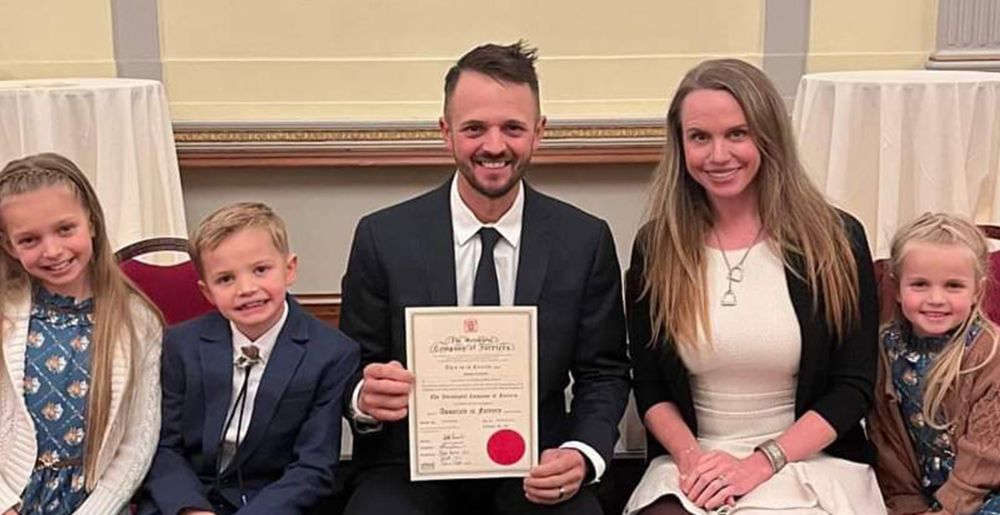
And you passed?
I did. I feel so blessed to have passed. You can't sit that exam and not come out thinking, “Man, I just want to be the best I can be for the horse.”
What’s your approach to training your apprentices?
We really try to create an atmosphere where they can grow. I live by the motto that we are only as strong as our weakest player. I ask them all the time: “Where do you see yourself in two years, three years, five years?” Because we have to be strategic on how you get there. If you want to shoe upper-level horses, okay, we're going to work on that. We really try to help them focus on which disciplines they are going to do, so they can do them really well. As opposed to, “I'm going to shoe everything and I'm going to be great at shoeing everything.” I know a few guys who can do that, but most people are better if they specialize.
Tell us about your family.
Dawn and I have three kids, Charley (11), Mack (9), and Kennedy (6). We live right at the base of the mountain on the Front Range in Colorado. Dawn rides jumpers and I rope, so she has her arena, and I have my arena on our property. (There are a lot of things that we share, an arena just isn't one of them.)
My kids all rodeo, and we have 12 horses of our own. Dawn and I are looking at each other all the time saying, “What are we doing?”
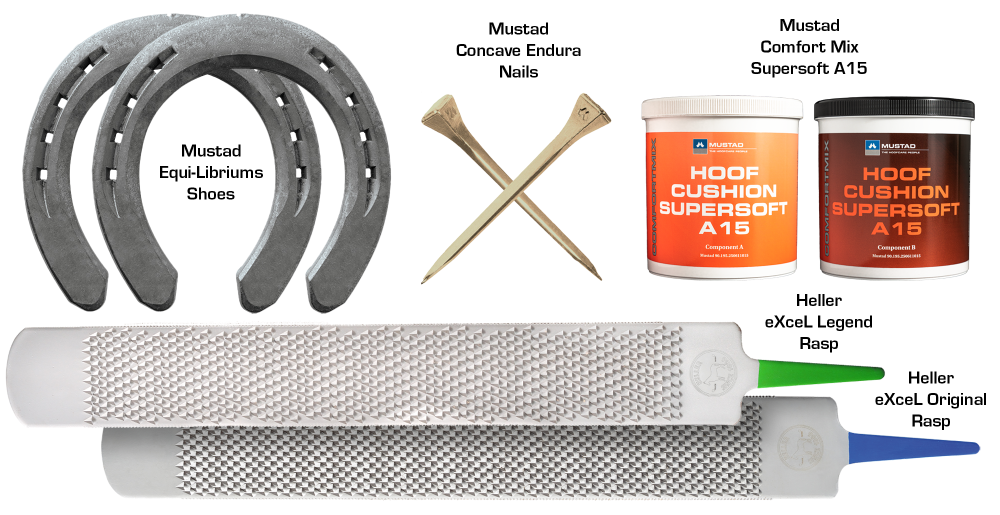
What are your go-to Mustad products?
When it comes to rasps, Heller Rasps are the best. I’ve used them for years. I use the green tang, the Heller eXceL Legend, but some of my guys prefer the blue tang, the Heller eXceL Original. I’ve been using them ever since they came out, and it’s the best overall rasp for me in terms of climate and finish.
98% of the nails I use are Mustad Concave Nails, and I’ve been using those for years. The number one reason why I started using them is because of the way synthetic surfaces are changing the profession. I wanted to avoid the additional traction from a nail that stuck out from the shoe even a little bit, requiring additional rasping. Then, when I tried endura-coated Concave nails, I thought, ‘This is the greatest invention ever.’
In my opinion, the Mustad Equi-Libriums having the toe that it has is an amazing shoe for synthetic footings; it’s really a pretty ideal shoe.
I recently tried the Mustad dental impression material, The Comfort Mix Hoof Cushion. It's the only impression material that I carry. I especially like the bigger tubs it comes in.
If you’d like to learn more about Jason’s services or his apprenticeship program, you can find him on his Facebook or Instagram page.
